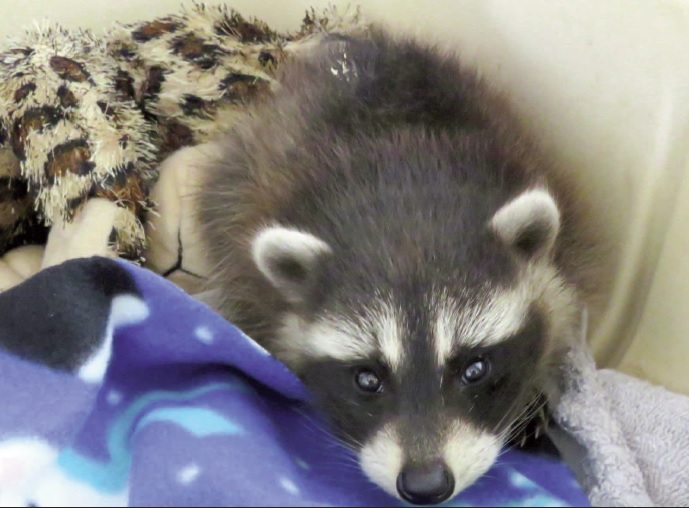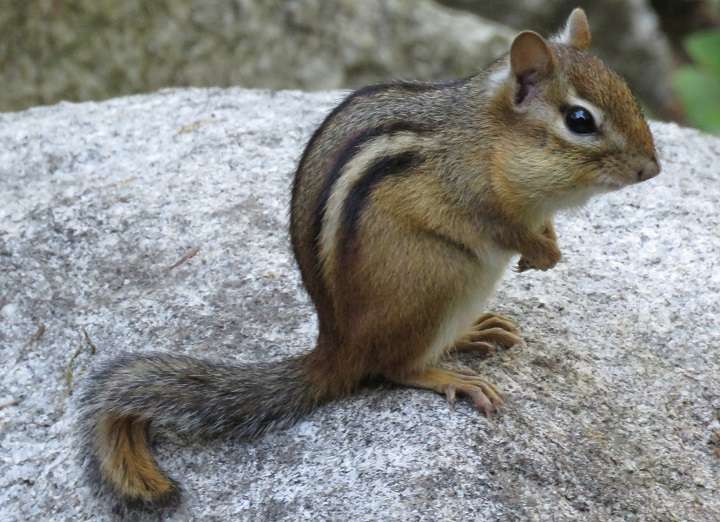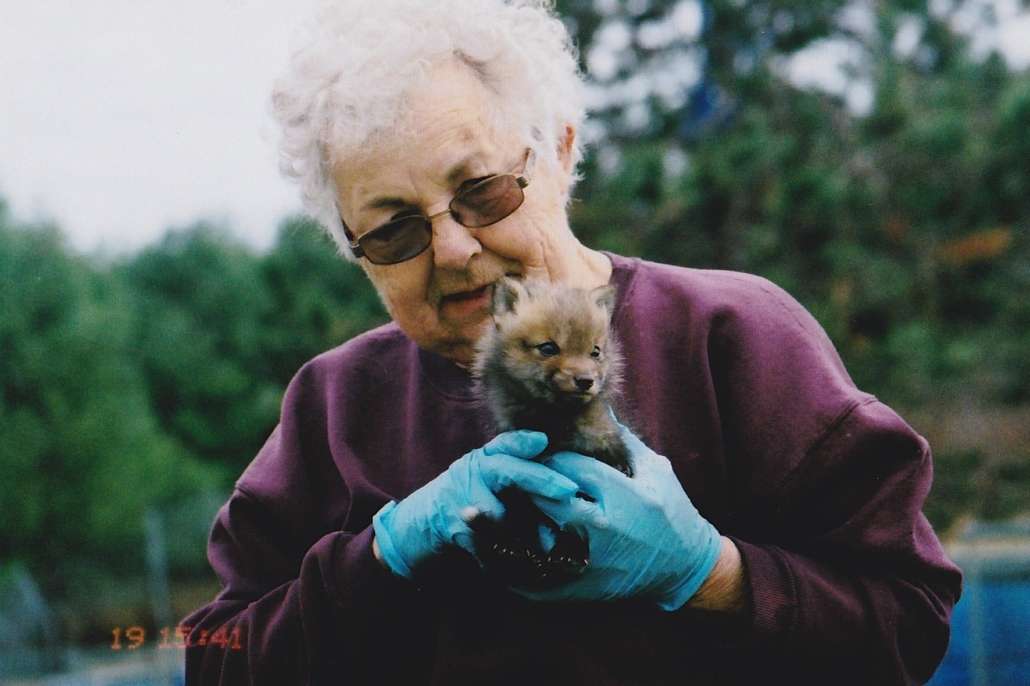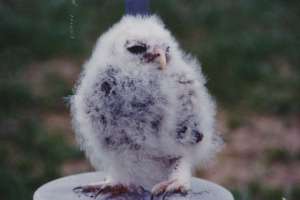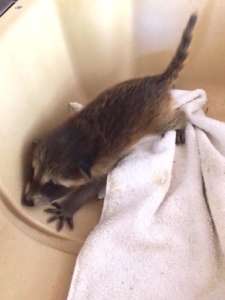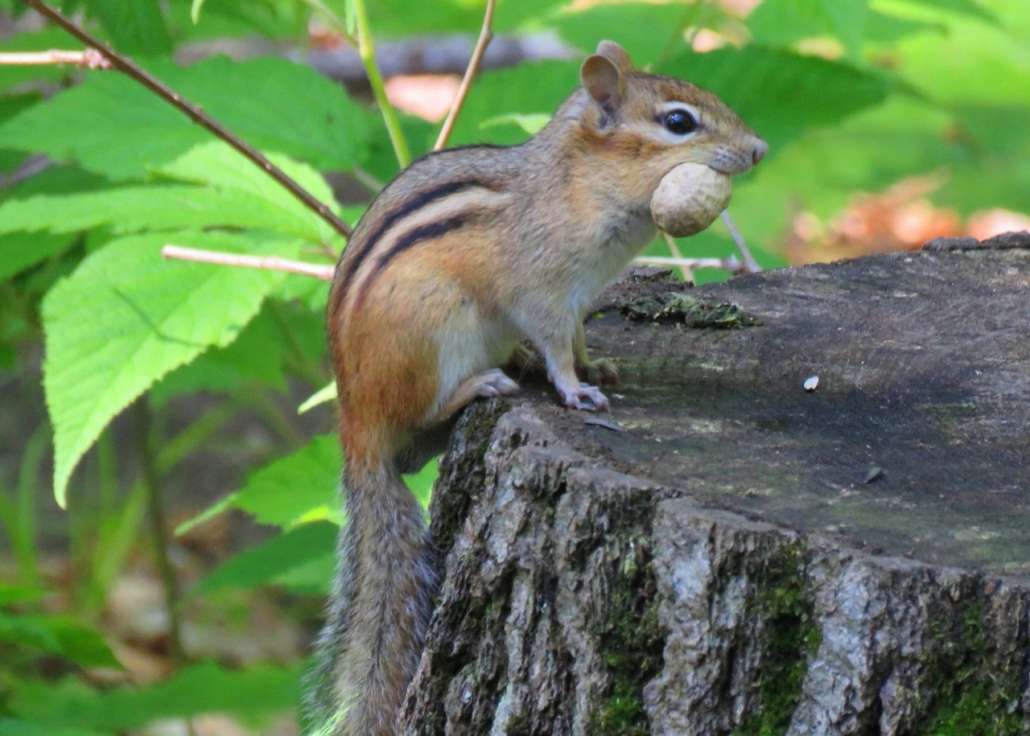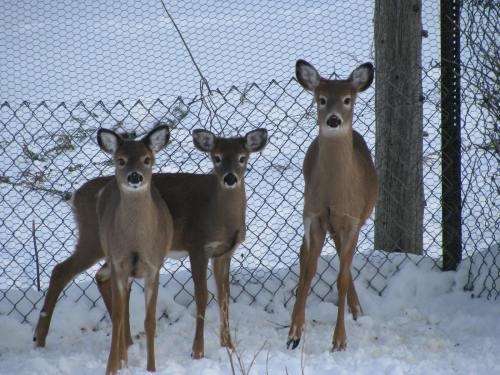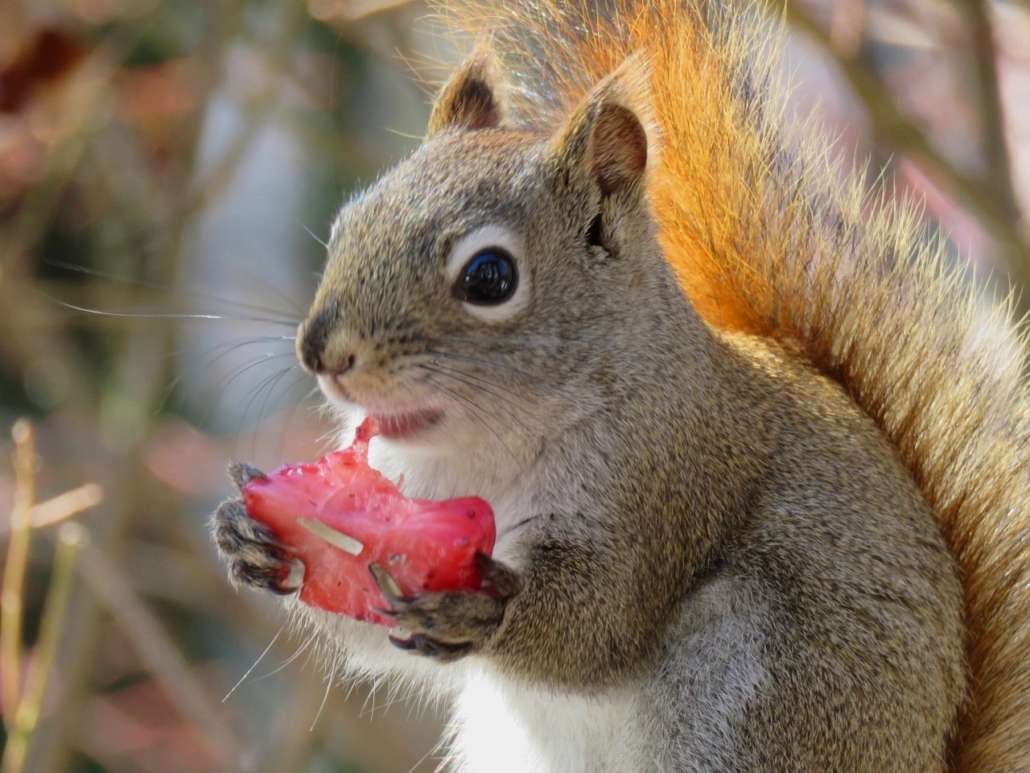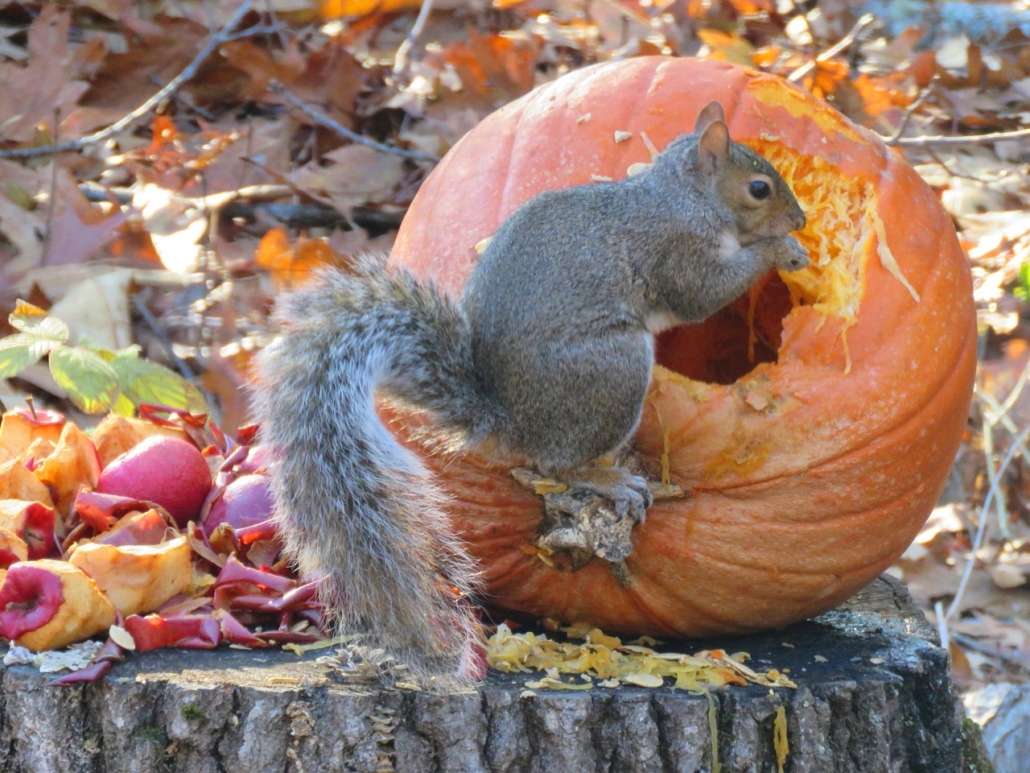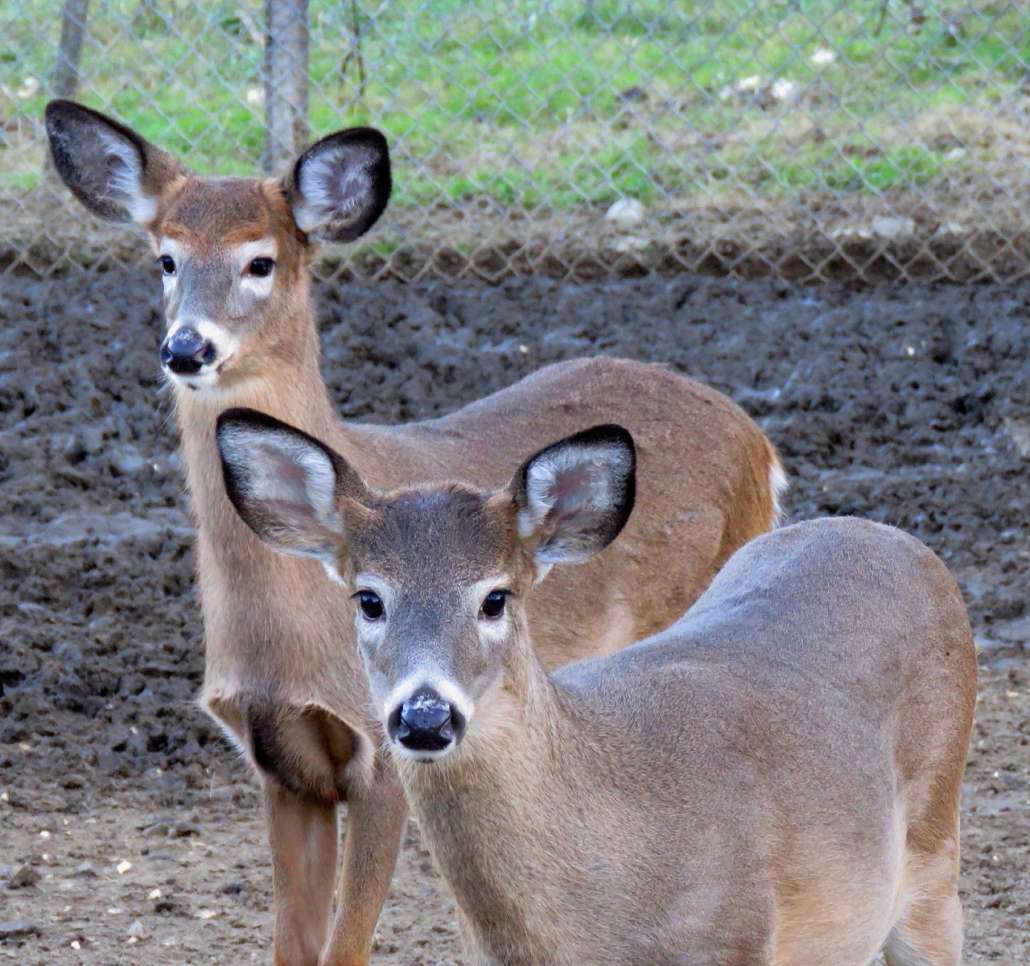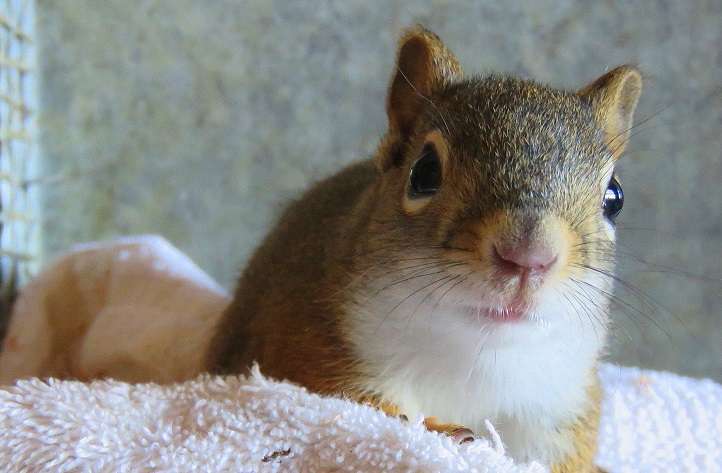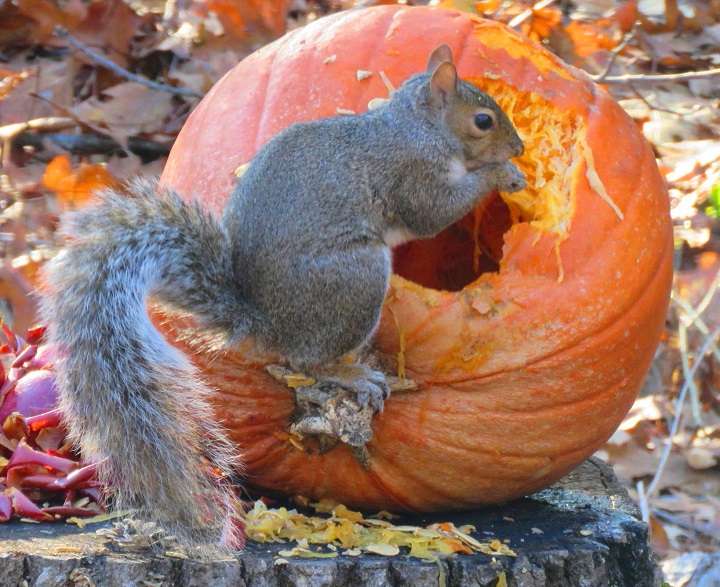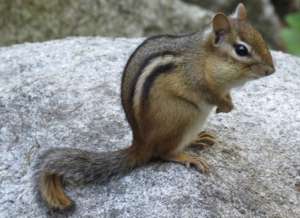CRITTER CHATTER: A new chapter at Duck Pond Wildlife Care Center
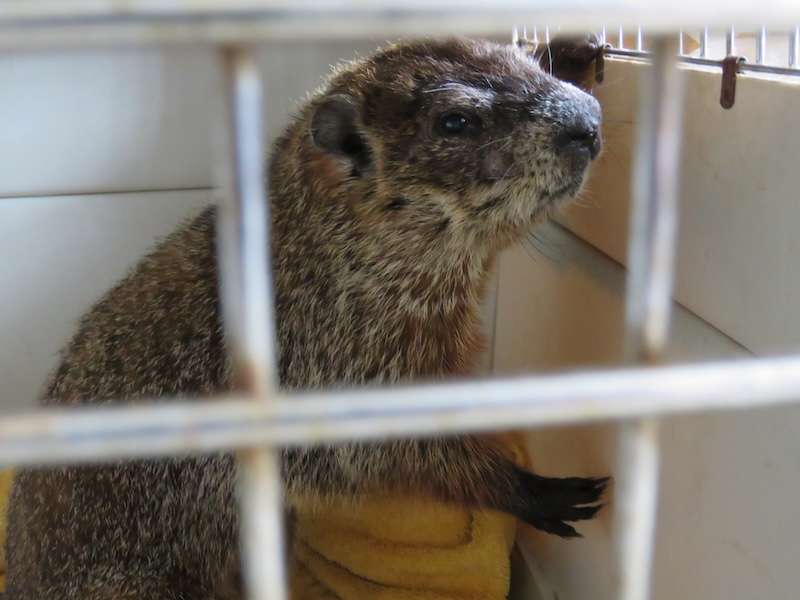
 by Jayne Winters
by Jayne Winters
As noted in last month’s article, rehabber Don Cote at Duck Pond Wildlife Care Center was hospitalized for a week in late May. I’m relieved and happy to report that his recovery at home is going well and as we expected, it didn’t take long before he started taking calls about orphaned and injured critters. In fact, we recently purchased a new answering machine with a volume enhancer so he doesn’t miss any!
Although he isn’t admitting wildlife for extended care, he will continue to answer questions, provide advice and make referrals to other wildlife rehabbers. Duck Pond is now serving primarily as a drop-off site for folks to bring in the small injured or abandoned wildlife they’ve found, with other rehabbers coming by almost daily to transport the animals to their own facilities for additional treatment and care. Duck Pond prefers not to accept fawns, but Don can help people connect with and/or coordinate transfer with nearby rehabbers.
Currently, there are two fox kits in an outside pen that will be released together later this summer. A gray squirrel that had come into contact with a ‘hot’ CMP wire seemed to be improving, but sadly suffered a couple of seizures and did not survive. On a happier note, a young woodchuck (uninjured, but apparently orphaned and raiding a garden) that had been housed in an open tote in Don’s kitchen made great progress this past week, moving on from syringed electrolytes and proteins to solid foods, including fresh dandelion greens and clover. “Woody” was just released and will be busy tasting other items on Mother Nature’s menu!
I think I can safely say that as he nears his 87th birthday, Don is now semi-retired. Being a wildlife rehabber has been a way of life for him for over 50 years and his commitment to care for critters will never go away. Taking care of even a couple of squirrels or chipmunks is part of his daily routine and gives him a sense of purpose, which we all need, no matter our age.
Don has been working primarily with the following wildlife rehabbers: Misfits Rehab, in Auburn (207-212-1039; FYI, Jen accepts bats and mice), Wilderness Miracles, in Bowdoin (207-720-0074), Bridget Green, in Wiscasset (207-631-0874), Critterville Wildlife, in Brooklin (845-549-2407), and Saco River Wildlife (207-702-1405). Mid-coast Maine has a newly-licensed turtle rehabber! Pam Meier relocated from Connecticut and can be reached at The Turtle’s Back (203-903-2708). As you can imagine, wildlife rehabbers are inundated with their own rescue calls at this time of year, especially for young animals that require extra feedings and care, and Don greatly appreciates their assistance with Duck Pond rescues. Please remember to check these websites for someone close to you: https://www.mainevetmed.org/wildlife-rehabilitation or https://www.maine.gov/ifw/fish-wildlife/wildlife/living-with-wildlife/orphaned-injured-wildlife/index.html In addition, you can contact your local Animal Control Officer through your town office.
– Donald Cote operates Duck Pond Wildlife Care Center on Rte. 3 in Vassalboro. It is a non-profit state permitted rehab facility supported by his own resources & outside donations. Mailing address: 1787 North Belfast Ave., Vassalboro ME 04989 TEL: (207) 445-4326.


